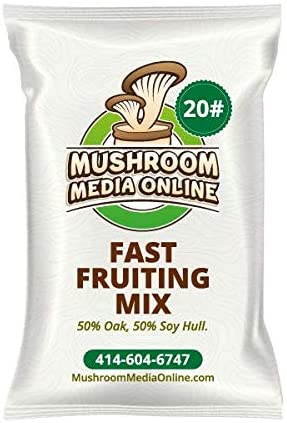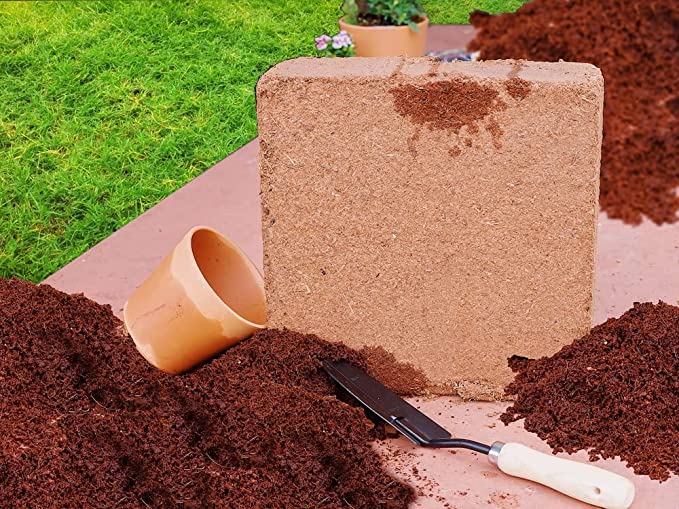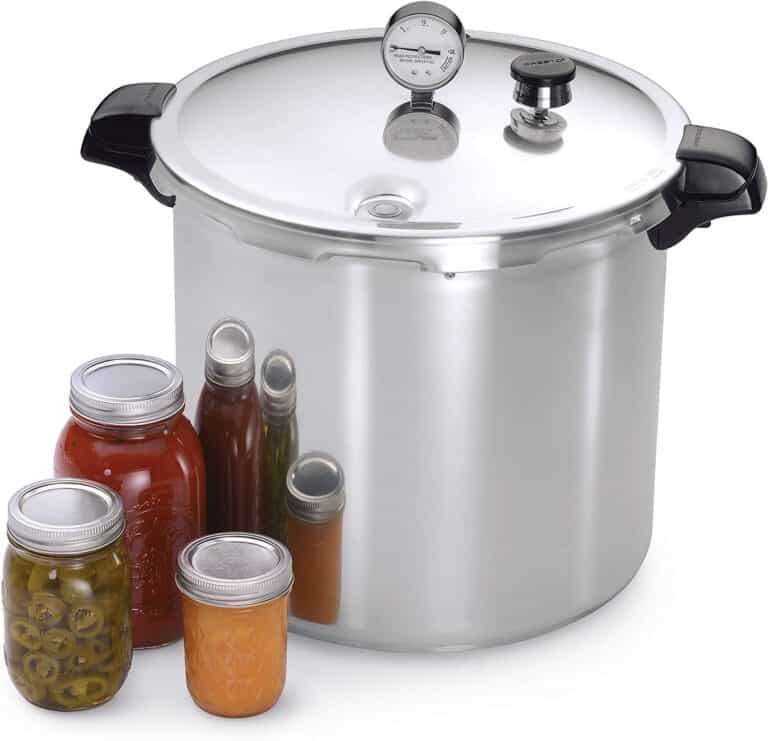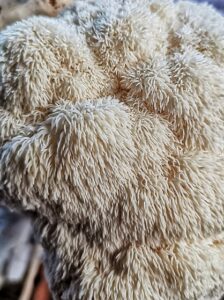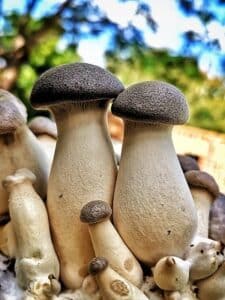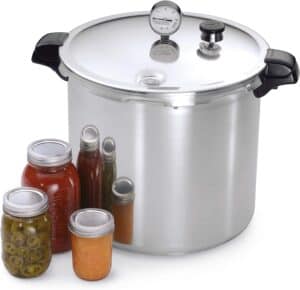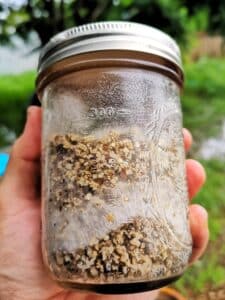Greetings, fellow fungophiles and aspiring mycologists! Today, we embark on a thrilling journey into the marvelous world of mushroom cultivation. Brace yourselves for a wild ride filled with fungus puns, mind-boggling mushroom facts, and the secrets of cultivating these whimsical organisms. If you’re a novice in the realm of mushroom growing, fear not! We’ve got your back.
In our mushroom-growing adventures, one of the key factors for success lies in selecting the perfect substrate to fuel our fungal friends. You see, mushrooms are like culinary superheroes; they have different preferences when it comes to their growing medium. And that’s where bulk substrates come into play, providing the vital nutrients and structure necessary for our fungal friends to flourish.
Now, I know what you might be thinking: “What on earth is a bulk substrate?” Well, my friends, think of it as the foundation, the soil, the very lifeblood that mushrooms feed on. It’s the magical potion that will transform your humble mushroom spores into magnificent fruiting bodies.
In this enlightening article, we’ll dive headfirst into the depths of the mushroom-growing underworld and explore an array of incredible bulk substrates. We’ll unravel their mysteries, discuss their merits, and even share some pro tips along the way. By the end, you’ll have the knowledge and confidence to embark on your own mushroom-growing escapades, armed with the power to nurture and witness the marvels of mycelial growth.
So, strap on your mushroom-picking basket, grab your pun-tastic notebook, and prepare for an epic adventure through the world of bulk substrates. Let’s dig deep, my dear readers, and uncover the secrets that lie beneath the fertile soil of mushroom cultivation. Get ready to cultivate your own fungi army—fungi-tastic wonders await!
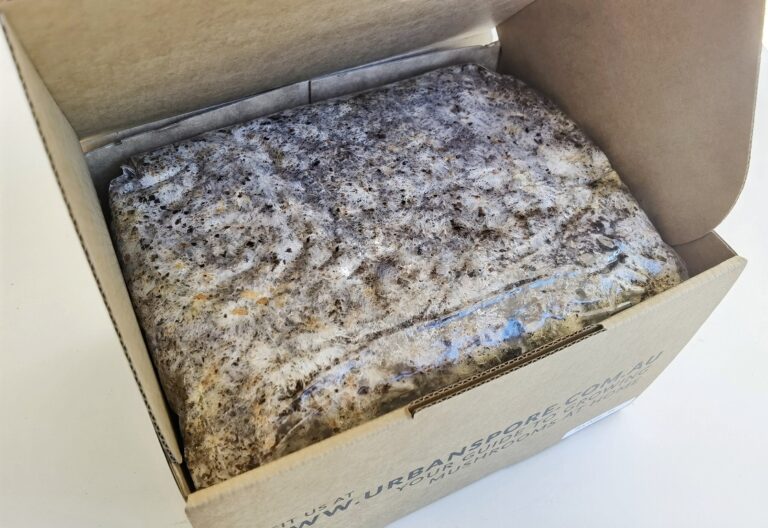
Straw & Mulch
Straw, sugar cane mulch, and similar materials are the unsung heroes of the mushroom-growing world. These seemingly ordinary substances possess the magical ability to transform into a nourishing feast for our fungal friends. So, grab your overalls and let’s dig into the wonders of using straw and sugar cane mulch as bulk substrates!
Straw, with its long, golden stalks, is like a buffet for mushrooms. It’s an excellent choice for beginners due to its availability and ease of use. When properly prepared, straw provides a nutritious and structurally sound base for mushroom growth. Typically, straw is soaked in water to hydrate it thoroughly. After draining, it can be pasteurized by heating to eliminate any competing organisms that might hinder mushroom colonization. Once the straw is pasteurized, it’s time for the mushroom spores or spawn to work their magic. As the mycelium spreads through the straw, it breaks down the complex carbohydrates, transforming them into the energy and nutrients needed for fruiting. Voilà! Before you know it, you’ll have clusters of delectable mushrooms sprouting from the straw like miniature forest miracles.
Sugar cane mulch, on the other hand, brings a touch of sweetness to the mushroom-growing party. Made from the fibrous residue of sugar cane after it’s been harvested, this mulch is not only a fantastic organic soil conditioner but also an excellent substrate for mushrooms. With its fine texture and high moisture retention properties, sugar cane mulch creates an ideal environment for mycelium to thrive. Similar to straw, sugar cane mulch undergoes a process of hydration and pasteurization before inoculation. As the mycelium consumes the sugars present in the mulch, it converts them into energy, releasing that distinct mushroom aroma that’ll make your mouth water. Before you know it, you’ll be harvesting your own sweet, earthy mushrooms, packed with flavor and ready to elevate your culinary creations.
Both straw and sugar cane mulch offer a myriad of advantages for mushroom cultivation. They’re affordable, widely available, and, when properly prepared, relatively easy to work with. Their fibrous nature creates a supportive structure that allows mycelium to spread and develop, leading to robust fruiting bodies. Additionally, these bulk substrates provide good moisture retention, ensuring a conducive environment for mushroom growth. So, whether you choose the golden charm of straw or the sweet allure of sugar cane mulch, get ready to witness the marvels of mushroom cultivation unfold right before your eyes.
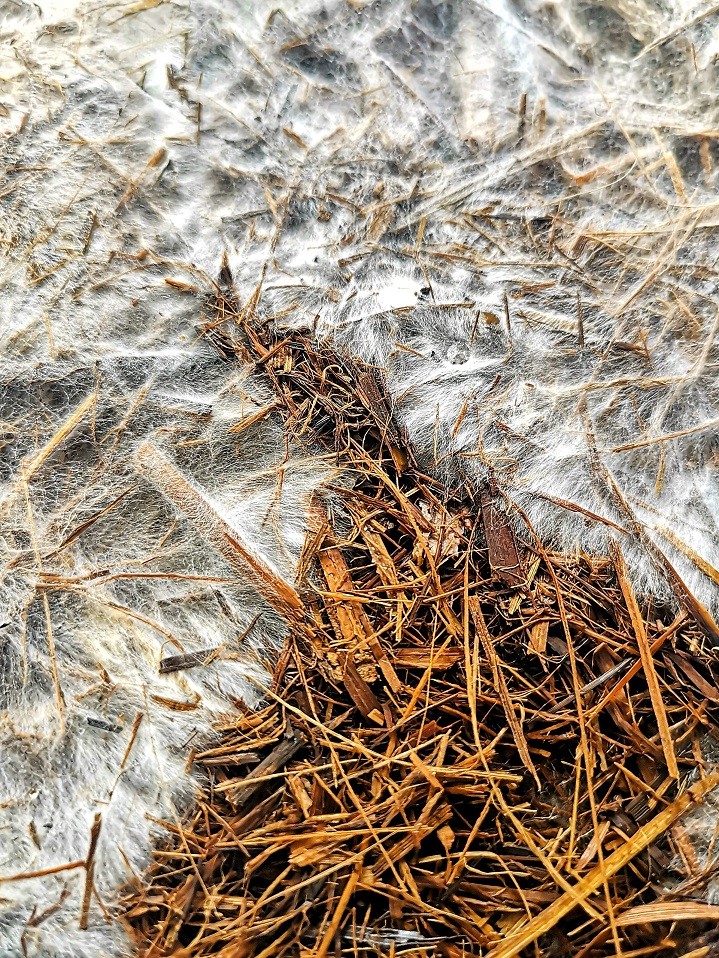
Hardwood
Ah, hardwood and hardwood fuel pellets. These woody wonders bring a whole new level of excitement to the cultivation game. So, grab your axe and put on your lumberjack hat (okay, maybe not the hat), because we’re about to explore the magic of hardwood in mushroom cultivation!
When it comes to hardwood, we’re talking about materials like oak, beech, maple, and the like. These woods are rich in nutrients, providing a diverse range of complex carbohydrates and lignin—the stuff that makes them sturdy and durable. But what makes hardwood a superstar substrate for mushrooms is its slow decomposition rate. Unlike softer substrates, hardwood breaks down gradually, allowing our fungal friends to establish a solid mycelial network over an extended period.
One popular way to use hardwood for mushroom cultivation is by utilizing hardwood fuel pellets. These little powerhouses are a convenient and readily available option, offering a compressed form of hardwood that’s easy to handle and store. Plus, they’re often inexpensive, making them an attractive choice for both beginners and seasoned growers alike.
To harness the potential of hardwood fuel pellets, you’ll need to break them down into smaller pieces and expose them to moisture and heat. Soak the pellets in water until they expand and become pliable. Then, drain the excess water and transfer the pellets to a container or grow bag. It’s like giving the pellets a well-deserved spa treatment, preparing them for their vital role in nurturing your mushroom mycelium.
Once your pellets are hydrated, it’s time to introduce your mushroom spawn. Gently mix the spawn into the moistened pellets, ensuring an even distribution. Cover the container or seal the grow bag, creating a cozy environment where the mycelium can work its magic. In a matter of weeks, you’ll witness the remarkable transformation as the mycelium weaves its intricate web throughout the substrate, readying itself to produce bountiful fruiting bodies.
Hardwood and hardwood fuel pellets offer a plethora of possibilities for growing various mushroom species. From the mighty shiitake to the delightful oyster mushrooms, these substrates can support a diverse range of fungal species, each with its own unique flavor, texture, and aroma.
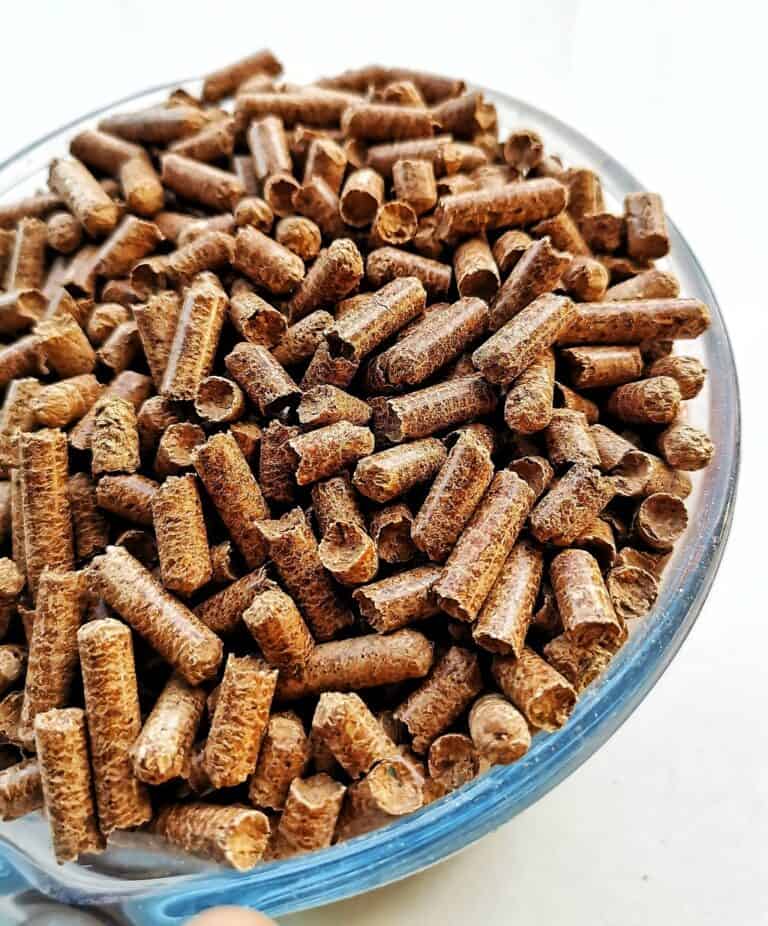
Are you ready to take your mushroom cultivation to the next level? Look no further, dear mycologists, because we’ve got a game-changer for you: the unbeatable combination of hardwood and soy hull pellets. Prepare to be amazed as we unveil the Mushroom Maestro’s secret recipe, a mix that’s high in nutrition, incredibly convenient, and perfect for beginners and seasoned pros alike. Get ready to witness unprecedented yields that will make your mushroom-growing adventures truly legendary!
Our hardwood and soy hull pellet mix is a nutritional powerhouse for your fungal friends. Crafted with a blend of nutrient-rich hardwood and soy hulls, this mix provides a balanced and delectable feast for your mushrooms. These pellets pack a punch, delivering a diverse range of carbohydrates, proteins, and other essential nutrients that will fuel the rapid growth and abundant fruiting of your mushroom crop. Say goodbye to lackluster yields, and get ready for an explosion of mushroom magic!
Convenience is key, and we’ve got you covered. Our hardwood and soy hull pellet mix is meticulously prepared and ready to use straight out of the bag. No need to worry about complex substrate preparations or time-consuming measurements. Simply open the bag, transfer the mix into your growing containers, and let the mycelium work its wonders. Whether you’re a beginner seeking simplicity or a seasoned pro looking for efficiency, this mix will save you time and effort, giving you more opportunities to revel in the joy of harvesting your magnificent mushrooms.
But wait, there’s more! Prepare to be astounded by the exceptional yields this mix delivers. We’re talking about a mushroom-growing revolution here, folks. With the optimal balance of nutrition, moisture retention, and mycelial support, our hardwood and soy hull pellet mix unlocks the full potential of your mushroom strains. Brace yourself for an abundant harvest that will leave you in awe. From the humble button mushrooms to the exotic lion’s mane, this mix will elevate your mushroom yields to new heights, transforming your growing space into a flourishing fungi paradise.
So, whether you’re a novice yearning for your first taste of success or a seasoned mushroom maestro seeking to push the boundaries of your yields, the hardwood and soy hull pellet mix is your ticket to mushroom-growing glory. Fuel your passion, harness the power of this nutrient-rich blend, and watch as your mushrooms thrive like never before.
Paper
Ah, paper, that humble material we encounter every day, whether it’s in the form of newspapers, discarded mail, or crumpled shopping lists. But did you know that paper can play a starring role in your mushroom-growing endeavors? That’s right, my dear budding mycologists, paper and its compact counterpart, paper pellets, can be fantastic bulk substrates for cultivating certain mushroom species.
So why should we consider using paper as a substrate? Well, besides its abundance and affordability, paper provides a rich source of carbon, an essential element for fungal growth. It’s like a gourmet feast for our fungal friends, enticing them with its fibrous texture and enticing scent of ink (don’t worry, the ink is usually harmless). Furthermore, using paper or paper pellets as a substrate is an excellent way to recycle and repurpose waste materials, reducing our ecological footprint while satisfying our mushroom-growing aspirations. It’s a win-win situation!
When it comes to using paper for mushroom cultivation, there are a few approaches you can take. One method involves shredding the paper into small pieces, soaking them in water to soften, and then mixing them with other ingredients like coffee grounds, straw, or sawdust to create a nutrient-rich substrate. This mixture provides a well-balanced environment for fungal mycelium to colonize and ultimately produce bountiful fruiting bodies.
Alternatively, if you opt for paper pellets, the process becomes even more straightforward. These compressed pellets, often made from recycled paper, can be hydrated and expanded to create a fluffy, ready-to-use substrate. They offer convenience, as they eliminate the need for shredding and soaking, saving you both time and effort. Just ensure that the pellets are adequately hydrated before use, as mushrooms thrive in moist environments.
But remember, dear readers, not all mushrooms are paper enthusiasts. Some species prefer different substrates or require additional supplements to thrive. Before embarking on your paper-based mushroom-growing adventure, do some research to identify which mushroom species are most compatible with this substrate. Different mushrooms have their own preferences, much like how we humans have our favorite comfort foods. By matching the right mushroom species with paper or paper pellets, you’ll be setting the stage for a fungal feast that’s sure to amaze.
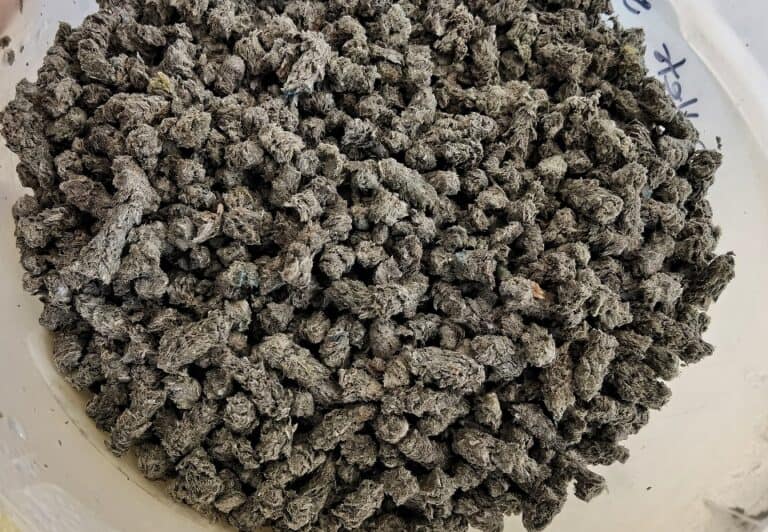
Vermiculite
Ah, vermiculite! The unsung hero of the mushroom-growing world. Picture it as the trusty sidekick, the Robin to Batman, if you will, in our grand mushroom-growing adventure. So, what exactly is the role of vermiculite in a bulk substrate? Buckle up, my fungal friends, and let’s dive into its magnificent powers.
First things first, vermiculite is a naturally occurring mineral that undergoes a transformation when heated. It expands and becomes light, fluffy, and incredibly moisture-retentive. This unique quality makes it an ideal ingredient in a bulk substrate, serving multiple purposes.
One of vermiculite’s primary roles is to provide aeration within the substrate. It helps create air pockets, allowing oxygen to circulate and reach the mushroom mycelium. You see, mushrooms, just like us, need to breathe. By ensuring a steady supply of oxygen, vermiculite promotes healthy mycelial growth and helps prevent unwanted contaminants from taking hold.
But wait, there’s more! Vermiculite is also a master of water retention. It acts as a sponge, absorbing and holding onto moisture, ensuring that the substrate remains hydrated. This is crucial for the mycelium’s development and fruiting. As we all know, mushrooms adore moist environments, and vermiculite ensures they stay happily hydrated throughout their growth cycle.
Another remarkable quality of vermiculite is its ability to create a loose and well-draining substrate. It prevents compaction and allows excess water to flow freely, preventing waterlogging and potential fungal disasters. This porosity also aids in the distribution of nutrients within the substrate, providing an optimal environment for the mycelium to thrive.
So, to sum it up, vermiculite plays the role of an all-star team player in our bulk substrate lineup. It aerates, retains moisture, prevents compaction, and facilitates nutrient distribution—all in the name of fostering healthy mycelial growth and bountiful mushroom production.
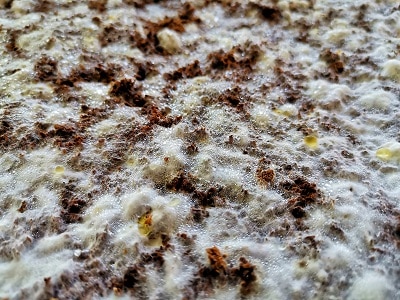
Coco Coir
Derived from the fibrous husks of coconuts, coco coir is a versatile and sustainable substrate that offers a multitude of benefits to our fungal endeavors. First and foremost, it’s an excellent water retainer. Coco coir has a remarkable ability to retain moisture while still providing adequate aeration for the developing mycelium. This means happy, hydrated mushrooms and a substrate that won’t dry out like a raisin in the sun.
Not only does coco coir excel at moisture retention, but it also possesses an ideal pH level for mushroom cultivation. Mushrooms prefer slightly acidic conditions, and coco coir naturally falls within that sweet spot. It’s like finding a mushroom-loving genie in a coconut shell!
But wait, there’s more! Coco coir isn’t just a one-hit wonder; it’s also fantastic at maintaining a fluffy and loose texture within the bulk substrate. This creates an optimal environment for mycelial growth, allowing the delicate networks of fungal threads to spread and colonize the substrate with ease. Think of coco coir as the fluffy pillow on which your mushroom mycelium can comfortably sprawl out and establish its fungal kingdom.
Lastly, let’s not forget the environmental perks of coco coir. It’s an organic, renewable resource, making it an eco-friendly choice for conscious mycologists. By using coco coir as a bulk substrate, we reduce our reliance on less sustainable options, such as peat moss, while still providing the necessary nutrients and structure for our fungal friends to thrive.
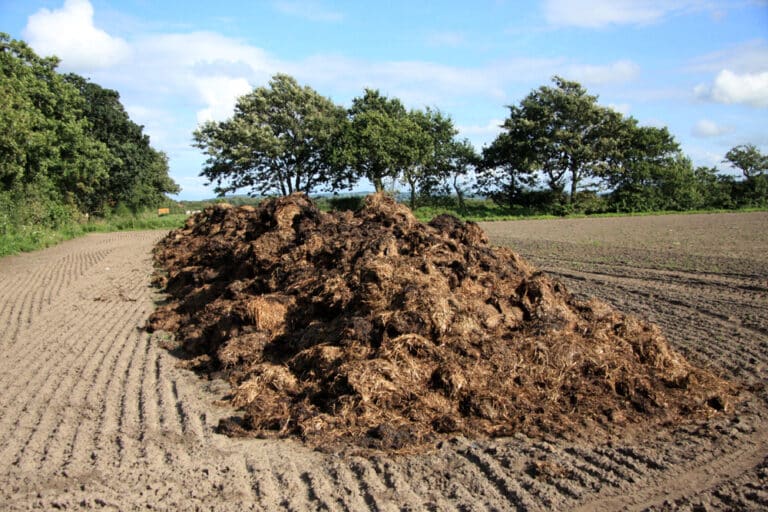
Supplementation
When it comes to bulk substrates, manure is the star of the show, the superhero among supplements! Picture this: a herd of majestic cows grazing on lush pastures, their manure containing a treasure trove of nutrients and organic matter that mushrooms absolutely adore. Manure, particularly from herbivores like cows or horses, is rich in nitrogen, minerals, and carbohydrates, providing an ideal food source for our fungal friends. When combined with other ingredients such as straw or sawdust, manure creates a nutrient-rich and structurally supportive substrate that encourages robust mycelial growth and bountiful mushroom yields.
Now, let’s talk about another superstar in the bulk substrate world: soy hulls. These little powerhouses of goodness may not be as glamorous as manure, but boy, do they pack a punch! Soy hulls are the byproduct of soybean processing, and they’re chock-full of carbohydrates and lignin, making them an excellent addition to bulk substrates. They provide additional structure and stability, allowing the mycelium to spread its intricate network of fine threads, or hyphae, throughout the substrate. Think of soy hulls as the scaffolding that supports the growth of your mushroom dreams.
Now, you might be wondering why we need to pasteurize or sterilize our bulk substrates. Well, mycological enthusiasts, this step is crucial to ensure a successful and healthy mushroom cultivation journey. Pasteurization and sterilization serve different purposes but ultimately aim to eliminate competing organisms, such as bacteria, molds, and other fungi, that may hinder the growth of our precious mushroom mycelium.
Pasteurization involves heating the substrate to a specific temperature, usually around 140-160°F (60-71°C), for a set duration. This process effectively reduces the number of unwanted organisms, giving our mushroom mycelium a head start in colonizing the substrate. Pasteurization strikes a balance, preserving beneficial microorganisms while controlling potential competitors.
On the other hand, sterilization takes things up a notch by subjecting the substrate to higher temperatures, typically above 250°F (121°C), for an extended period. This more intensive approach eliminates nearly all microorganisms, providing a sterile environment for the mycelium to thrive without any competition. However, sterilization can also remove beneficial microorganisms, so it’s essential to strike a balance and maintain a healthy microbial community in the long run.
By pasteurizing or sterilizing our bulk substrates, we create a clean slate for our mushroom mycelium to take over and dominate the growing environment. So, roll up your sleeves, put on your gloves, and get ready to heat things up—it’s time to prepare the perfect substrate for our fungal friends!
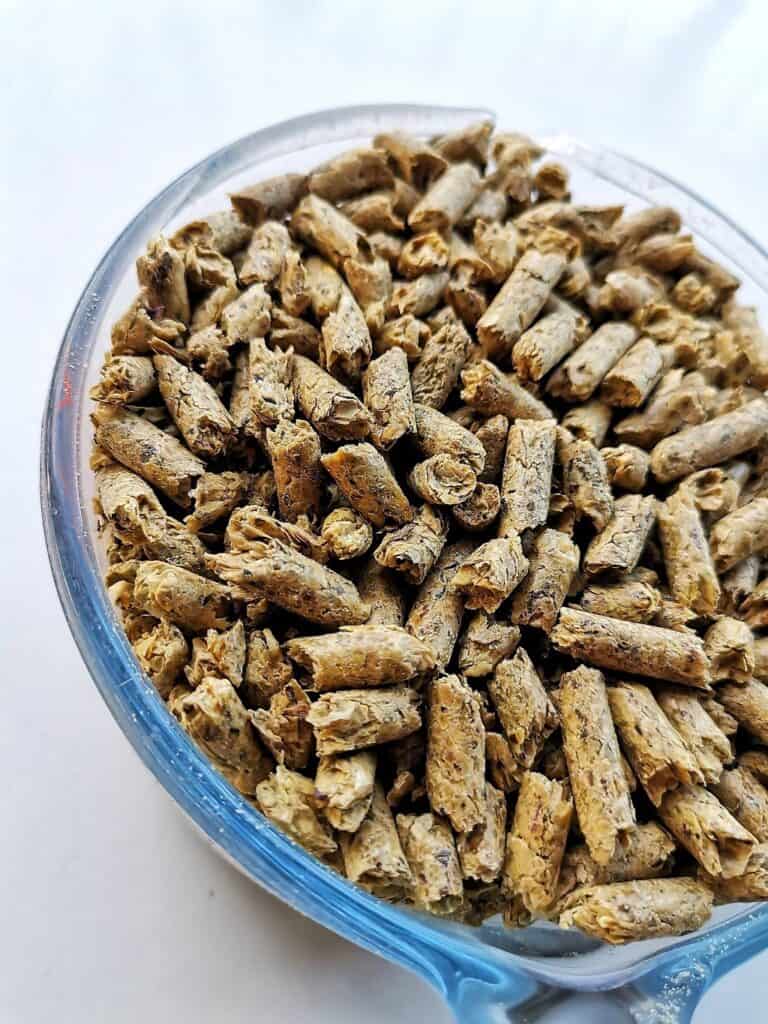
Unlock the full potential of your mushroom cultivation with our Presto 23qt Pressure Canner. This rugged, high-capacity workhorse is just the tool you need for efficient, reliable sterilization of your substrates.
Large Capacity: With a robust 23-quart capacity, our Presto Pressure Canner can handle larger loads, helping you prepare multiple jars of substrate in one go. Now, that’s what we call mushroom efficiency!
Unmatched Sterilization: Sterilization is crucial in mushroom cultivation to ward off contaminants. Our pressure canner ensures thorough, high-temperature sterilization, creating an immaculate environment for your mycelium to thrive.
Built to Last: Durability is the name of the game with the Presto Pressure Canner. Made with high-grade materials, it’s designed to withstand the test of time, serving your mushroom cultivation needs for years to come.
User-Friendly Design: It’s not just powerful, it’s also easy to use! With a simple, intuitive design, even beginners can quickly get to grips with operating our Presto Pressure Canner.
Safety Features: Your safety is paramount to us. Equipped with a pressure dial gauge for precise pressure control and a locking lid system, the Presto Pressure Canner prioritizes safe operation.
Boost your mushroom cultivation efforts with the Presto 23qt Pressure Canner – because when it comes to successful sterilization, we believe in no half measures!
Field Capacity
Field capacity is a crucial concept to understand when it comes to preparing a good substrate for mushroom growing. In simple terms, field capacity refers to the optimal moisture content that the substrate should hold after it has been hydrated and before excess water drains away. It represents the perfect balance between providing enough moisture for the mushroom mycelium to thrive while preventing waterlogging, which can lead to stagnant growth or the growth of undesirable organisms.
To achieve the ideal field capacity, it’s important to consider the water-holding capacity of the substrate material you are using. Different substrates have varying abilities to retain moisture, and understanding this characteristic is key to maintaining a healthy growing environment for your mushrooms.
When preparing the substrate, it’s generally recommended to gradually add water while thoroughly mixing the ingredients. This allows the substrate to absorb water and reach field capacity gradually, preventing excessive saturation. A common technique is to mist the substrate with water until it reaches the desired moisture level. You want the substrate to feel damp and hold its shape when squeezed, without excessive water dripping out.
Maintaining the correct field capacity throughout the growing process is crucial for the mycelium’s development and fruiting body formation. Too much moisture can lead to the growth of competing organisms like molds or bacteria, while insufficient moisture can hinder mycelial growth and result in low yields or stunted mushrooms.
Remember, achieving the perfect field capacity is an art that comes with experience. It’s important to monitor the substrate’s moisture levels throughout the growing process, adjusting as needed to maintain optimal conditions for your mushrooms. With practice and a keen eye for moisture management, you’ll master the art of field capacity and set the stage for abundant and healthy mushroom harvests.

